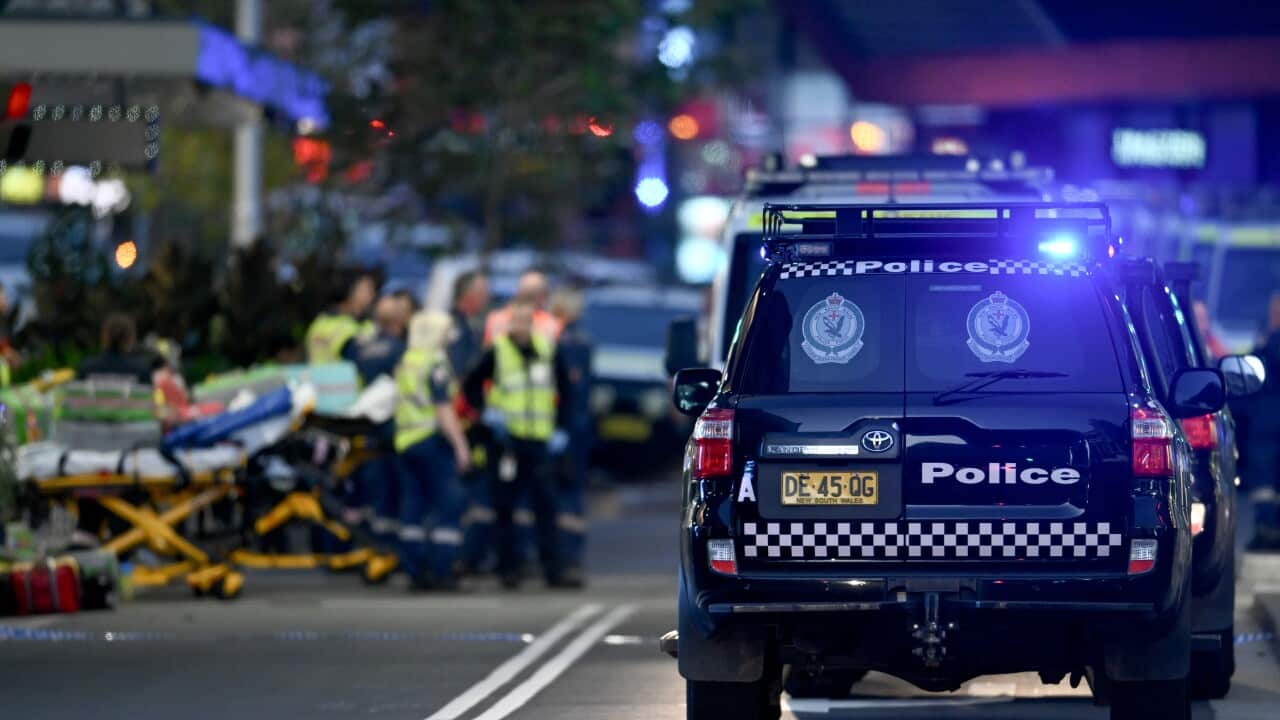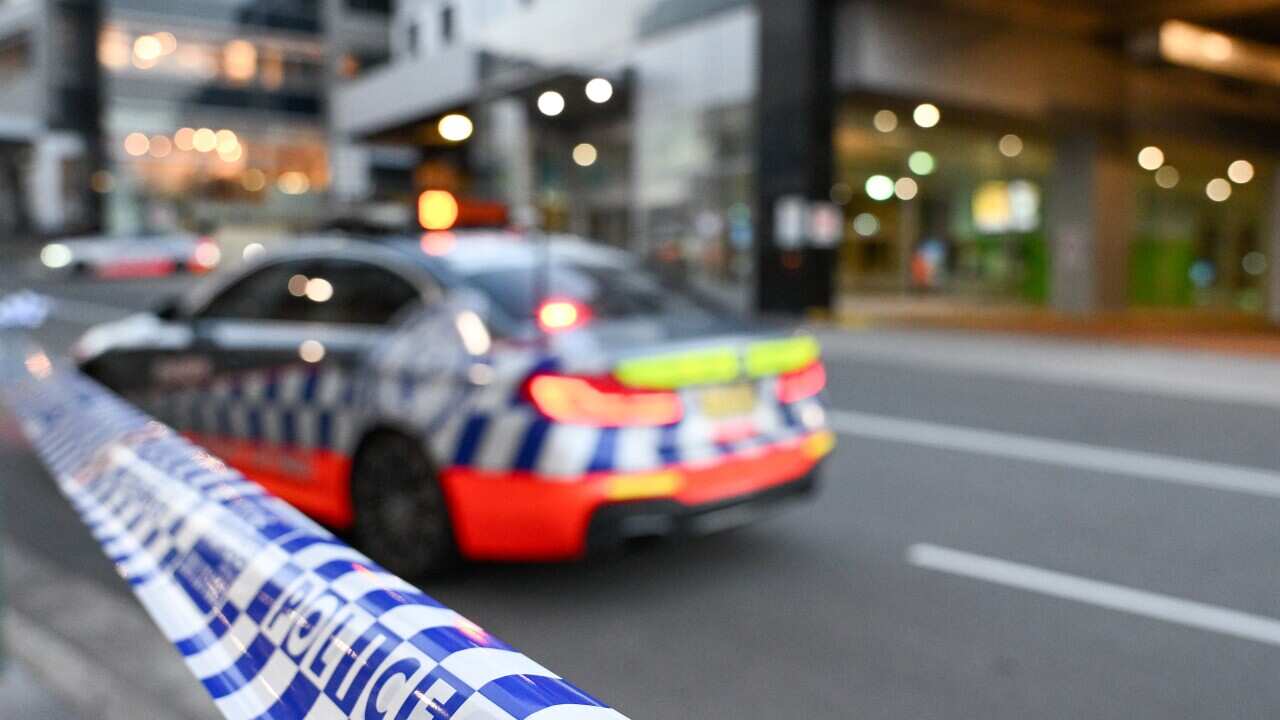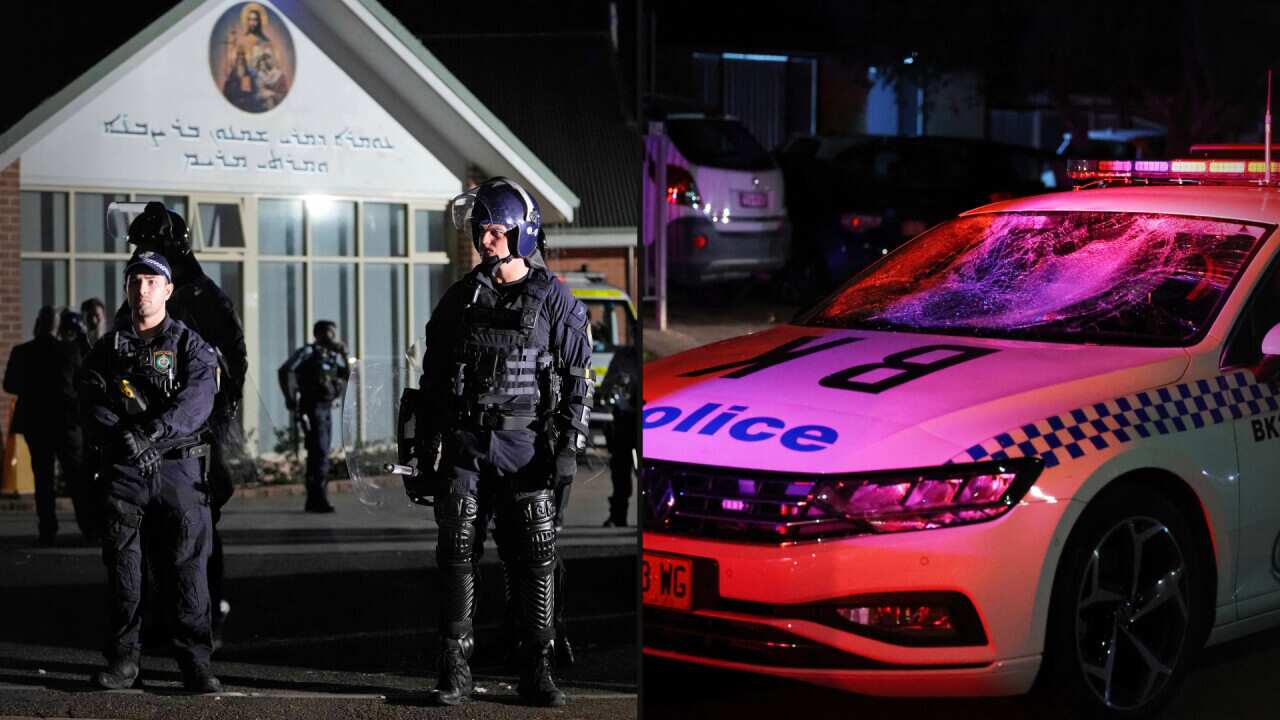The annual number of visitors now outnumbers the local population by almost three times, causing a conflict between the lure of the tourism dollar and the traditional Balinese way of life.
“What’s this mountain called?” asks reporter David O’Shea as he’s shown around by environmental activist Moko.
“Mount Rubbish,” he replies bluntly. “Kids used to draw pictures of the sun rising behind green mountains. Now it’s a mountain of rubbish.”
Thousands of cubic metres of unsorted waste are dumped there every day, leaching toxins into the groundwater.
Campaigners say it’s just one example of the way tourism is damaging the island and making life increasingly difficult for its permanent residents.
Phyllis Kaplan says rising demands on the limited local water supply are also threatening traditional rice farmers.
She formed the Sawah Bali foundation to protect the traditional Subak irrigation system in the padi fields and the farmers that tend them.
“When you have development it disallows that Subak system to work efficiently, delivering water democratically to those who need it,” she says.
“If there is no water, then we all die,” one of the farmers tells David. “Please don’t take all the water from the springs to sell to hotels.”
But with land prices increasing by 1000 per cent in five years, some hard-pressed farmers are finding it hard to resist selling to developers.
And it’s those developments that others say are the key to Bali’s future economic success, as it looks to attract greater numbers of tourists from Australia, and increasingly from within Indonesia and China.
Reclaiming land to create nine islands for a tourist park in Benoa Bay in the south of the island is one of the latest plans to divide opinion.
“We have to widen our area… that is a must… if it will not damage the environment,” Bali’s governor Made Pastika tells David. “We need jobs, we need new icons of tourism.”
But the area was an official conservation area until a newly issued presidential decree controversially removed its status to allow ‘revitalisation’.
“It’s going to kill my business,” claims diving shop owner I Nyoman Sugita. “They’re going to kill all the reef, the fish, the coral, it’s all gone, it’s going to destroy this area.”
Elsewhere on the island, activist and artist Sayur is holding out against developers. His best known work is a huge ‘Not For Sale’ sign in the middle of his rice padi.
“The rice fields are my last defence,” he tells David. “With all the villas, the profession of farmer has changed drastically.”
“We Balinese should take the move to save Bali… before it’s too late,” fellow campaigner Dedik Rachman says. “Bali is so small and we don’t have time to play around.”








